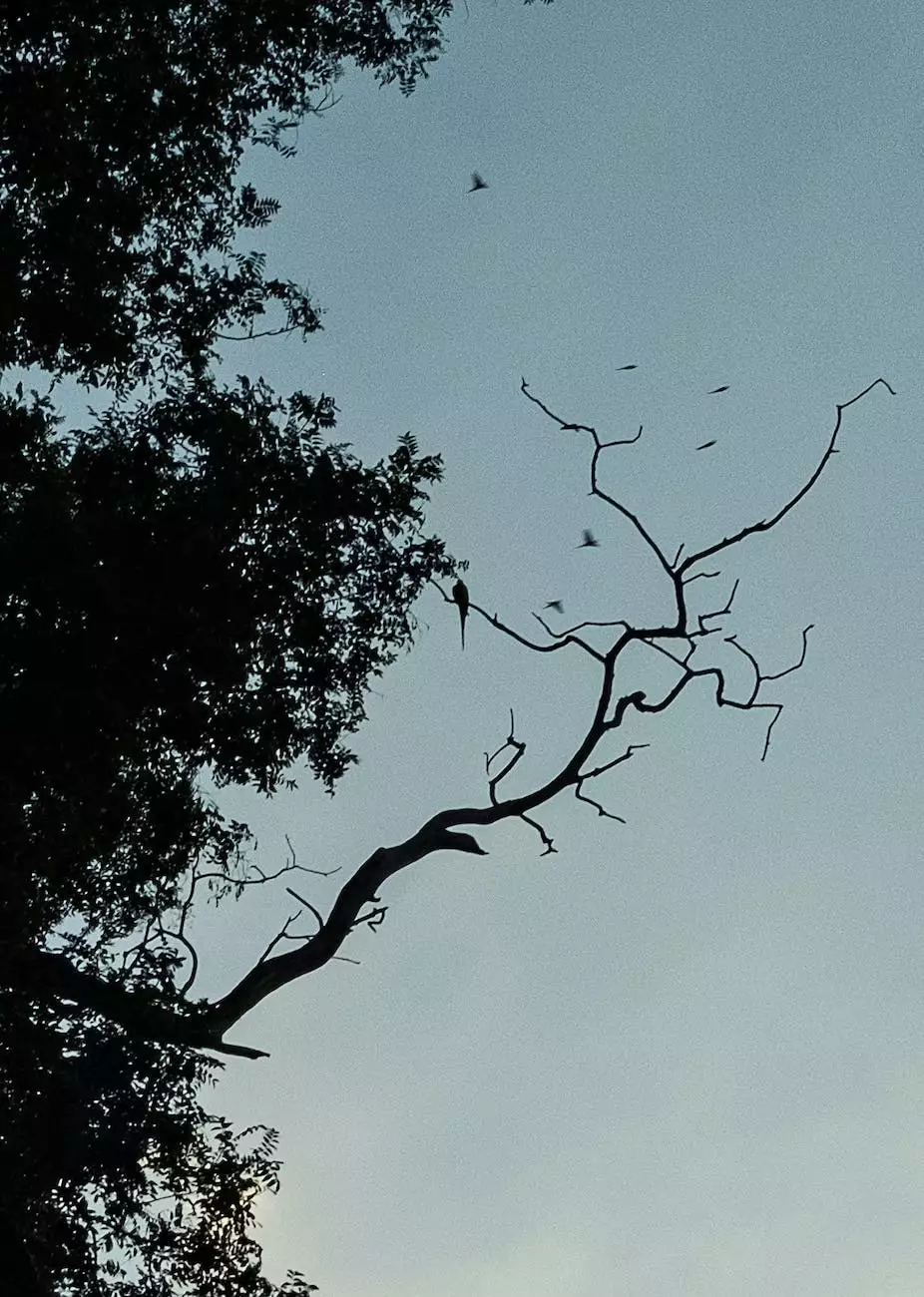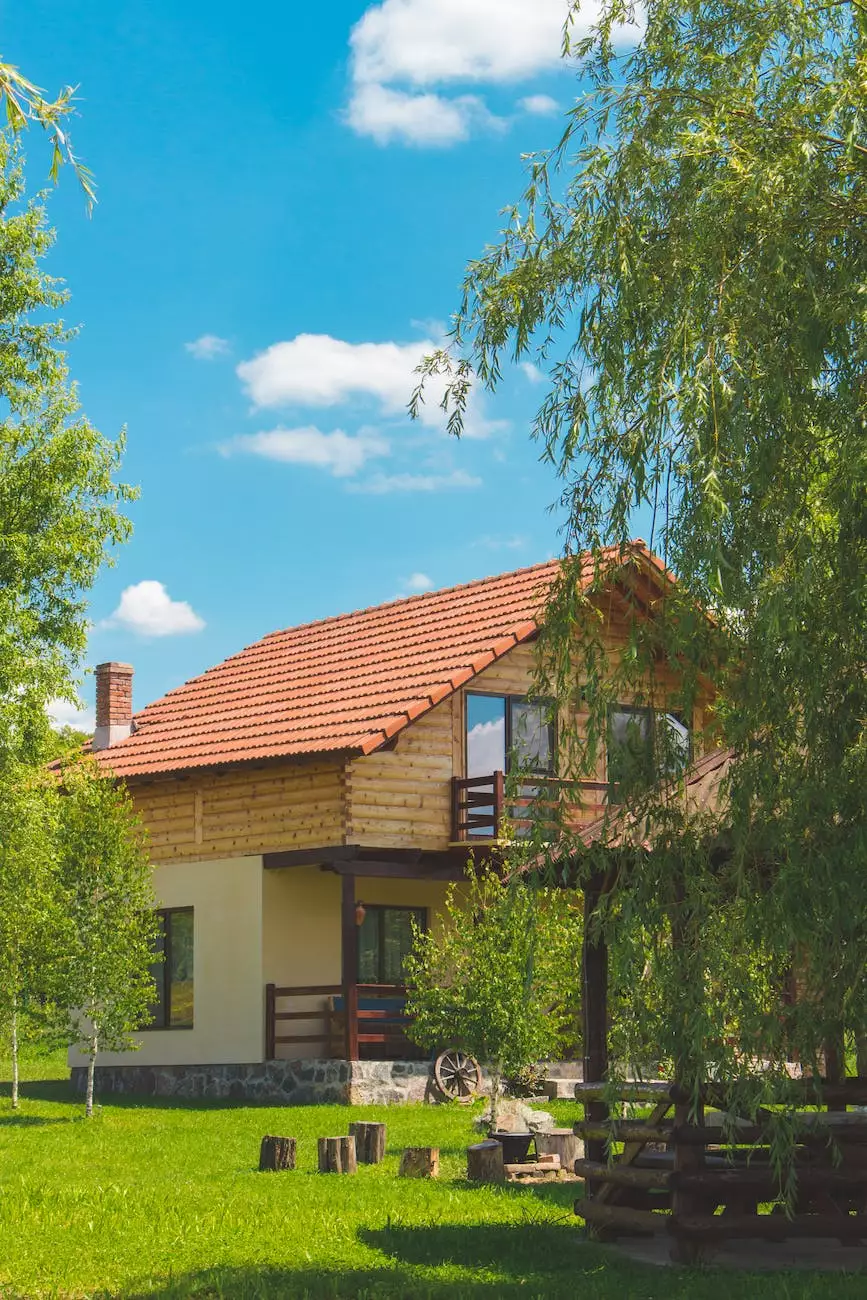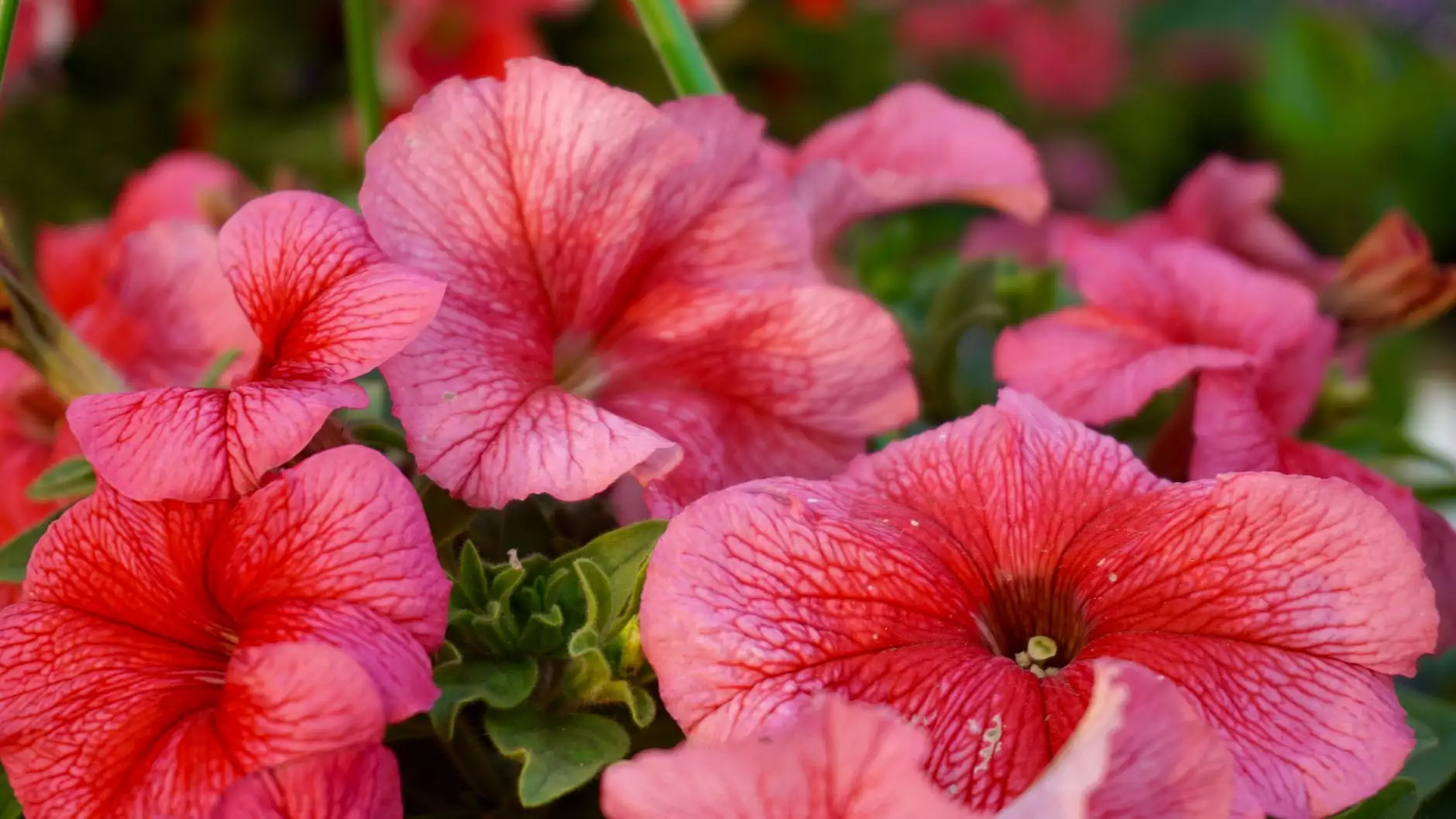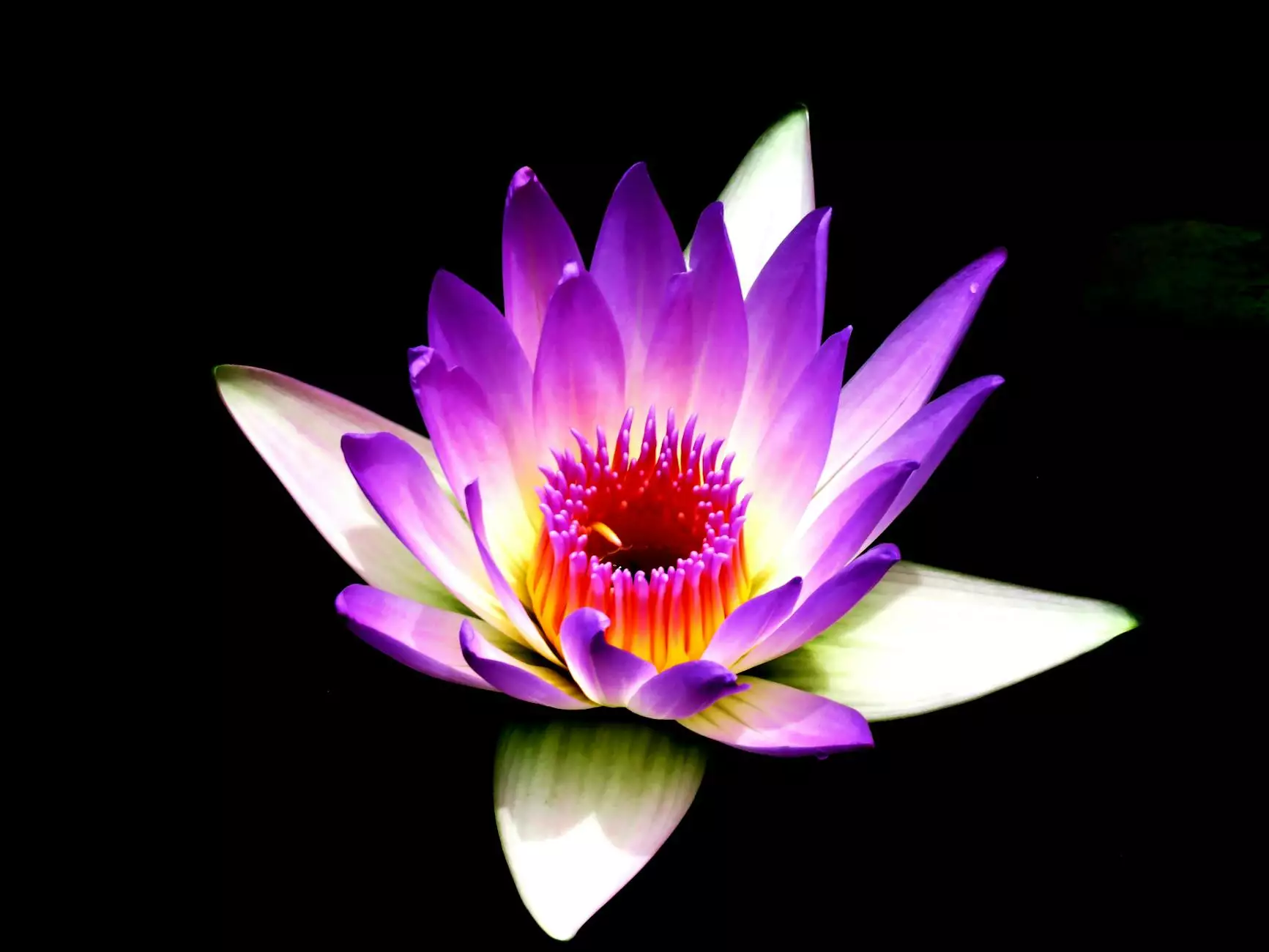Top 10 Trees for Birds - Bird Cherry Tree

Welcome to the Cutting Hedge Services website, your go-to source for expert advice on creating a bird-friendly garden. In this article, we will explore the top 10 trees that birds love, focusing on the stunning Bird Cherry Tree (TL-Trees-for-birdsFeaturebird-cherry-tree). Discover how this tree can attract a wide variety of bird species and add beauty to your outdoor space.
1. Bird Cherry Tree (Prunus padus)
The Bird Cherry Tree, also known as Prunus padus, is a versatile and attractive option for any garden. This deciduous tree features beautiful clusters of fragrant white flowers in spring, which later transform into small black fruits enjoyed by many bird species. Its striking foliage and moderate size make it an excellent choice for both large and small gardens.
Benefits for Birds
The Bird Cherry Tree offers numerous benefits for our feathered friends:
- Food: The black fruits produced by the tree are a valuable food source for many birds, including thrushes, blackbirds, and finches.
- Shelter: The dense foliage provides birds with protected nesting sites and shelter from harsh weather conditions.
- Insect Attraction: The tree's flowers attract a wide range of insects, providing an additional food source for insect-eating birds.
- Attracting Songbirds: The Bird Cherry Tree's fruits and shelter make it a magnet for various songbird species, enhancing the biodiversity of your garden.
Growing and Maintenance
Growing a Bird Cherry Tree in your garden is relatively easy, and it requires the following:
- Choose a suitable location with well-drained soil and full sun to partial shade.
- Plant the tree during the dormant season, preferably in late autumn or early spring.
- Water the tree regularly during its first year to establish a strong root system.
- Prune any damaged or dead branches during late winter or early spring.
- Apply a layer of mulch around the base of the tree to retain moisture and suppress weeds.
2. Oak Tree (Quercus spp.)
The mighty Oak Tree, belonging to the genus Quercus, is renowned for its grandeur and longevity. This iconic tree is highly favored by birds, providing a multitude of benefits to both them and your garden's ecosystem.
Benefits for Birds
The Oak Tree offers a host of advantages for birds:
- Nesting Sites: The tree's strong branches and dense foliage serve as ideal nesting sites for various bird species.
- Acorn Abundance: Oaks produce abundant acorns, a vital food source for numerous bird species, including woodpeckers, jays, and nuthatches.
- Year-round Shelter: The Oak Tree's dense canopy and thick growth provide year-round shelter from predators and weather extremes.
- Insect Support: Various insects are attracted to the Oak Tree, providing a continuous source of food for insectivorous birds.
Growing and Maintenance
Here are some essential tips for growing and maintaining Oak Trees:
- Choose a spacious location with well-drained soil and ample sunlight.
- Plant the sapling in early spring or late fall, ensuring it has enough space to reach its full potential.
- Water the tree regularly, especially during dry spells, to encourage healthy growth.
- Protect the young Oak Tree from potential threats, such as browsing deer or rabbits, using suitable barriers.
- Mulch the base of the tree to retain moisture and prevent weed competition.
- Regularly inspect and prune the tree to remove any dead or diseased branches.
3. Crabapple Tree (Malus spp.)
The charming Crabapple Tree, belonging to the Malus genus, is not only a stunning addition to any garden, but it is also a magnet for birds. Its vibrant flowers, colorful fruits, and compact size make it a popular choice among gardeners and bird enthusiasts alike.
Benefits for Birds
The Crabapple Tree provides a multitude of benefits for birds:
- Food: The tree's small, ornamental fruits are a valuable food source for numerous bird species, including waxwings, thrushes, and warblers.
- Nesting Opportunities: The tree's dense branches offer secure nest sites for a wide range of bird species.
- Insect Attraction: Crabapple blossoms attract insects, providing an additional food source for insect-eating birds.
- Seasonal Color: The tree's vibrant flowers in spring and colorful fruits in fall provide visual appeal to both birds and humans.
Growing and Maintenance
Grow and care for your Crabapple Tree effectively with these tips:
- Choose a sunny location with well-drained soil for optimal growth.
- Plant the tree during the dormant season, either in late fall or early spring.
- Water the tree regularly, especially during dry spells, to promote healthy fruit set.
- Apply a layer of organic mulch around the tree's base, avoiding direct contact with the trunk.
- Prune the tree during the dormant season to remove any damaged or crossing branches.
- Monitor regularly for common issues like powdery mildew or apple scab, and take appropriate action if necessary.
By incorporating the Bird Cherry Tree, Oak Tree, and Crabapple Tree into your garden, you'll create a haven that attracts a wide variety of birds. These trees not only offer food and shelter but also contribute to the overall beauty and harmony of your outdoor space.
At Cutting Hedge Services, we understand the importance of creating a bird-friendly environment. With our expertise and in-depth knowledge of trees, we provide the necessary guidance to transform your garden into a paradise for birds. Explore our website for more information on creating a bird-friendly garden and discover more fascinating tree species that birds love!










